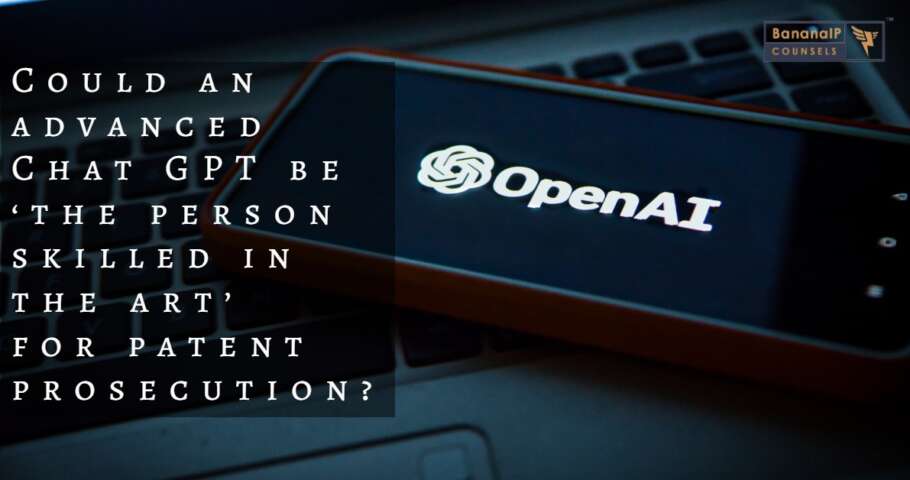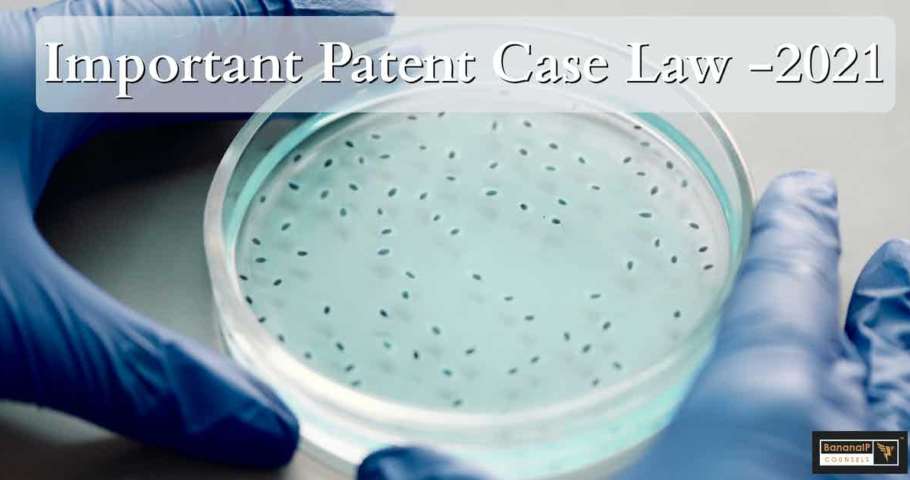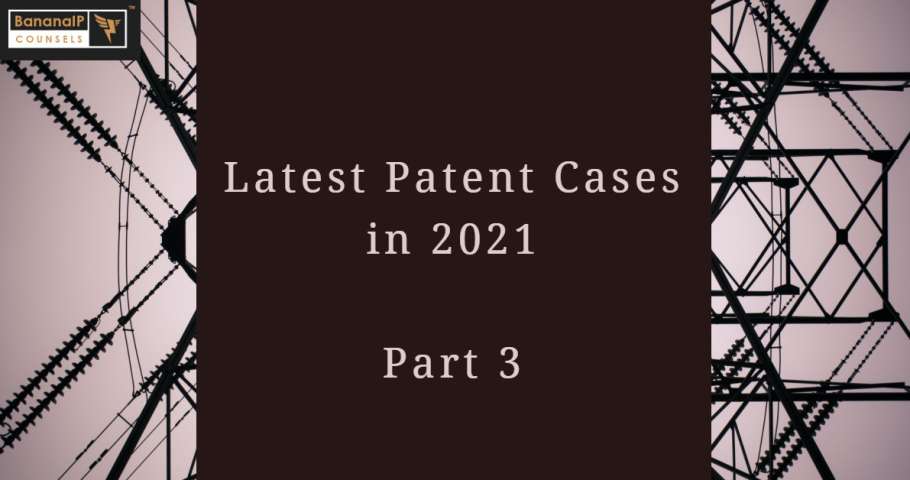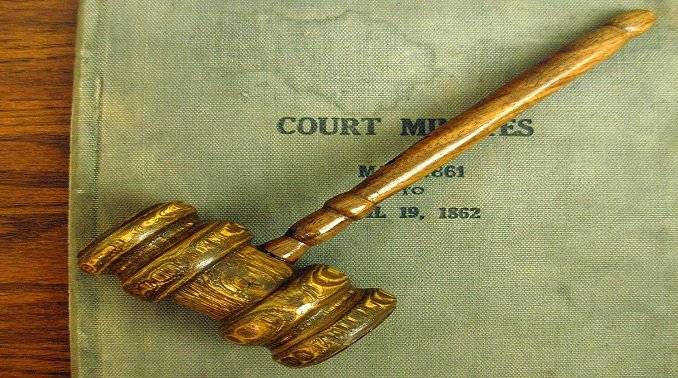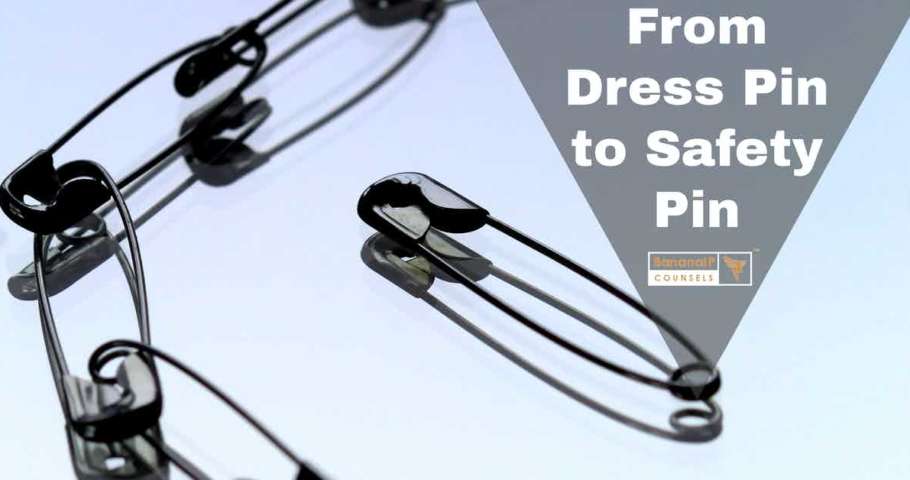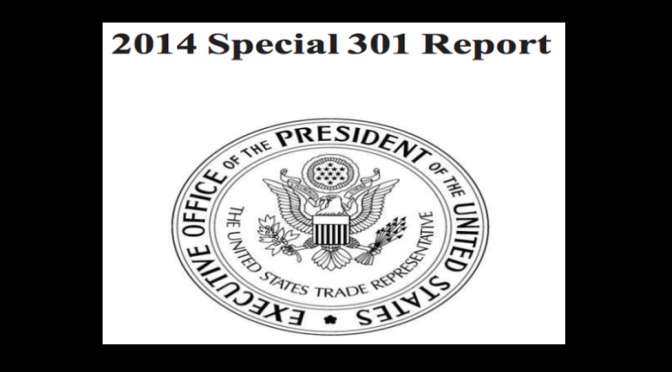Novartis Ag & Anr. vs Natco Pharma Limited & Anr.
This case relates to a patent covering Eltrombopag Olamine (Eltrombopag
bis(monoethanolamine)) held by Novartis. The drug is used for treatment of thrombocytopenia sold under the brand name "REVOLADE." Novartis filed a patent infringement suit against the Defendant, NATCO, which was planning to launch the same product. In response NATCO claimed patent invalidity based on prior claiming, obviousness, Section 3d, industrial applicability and Section 8 non-compliance.
After hearing the parties, the Court held…
Read more
